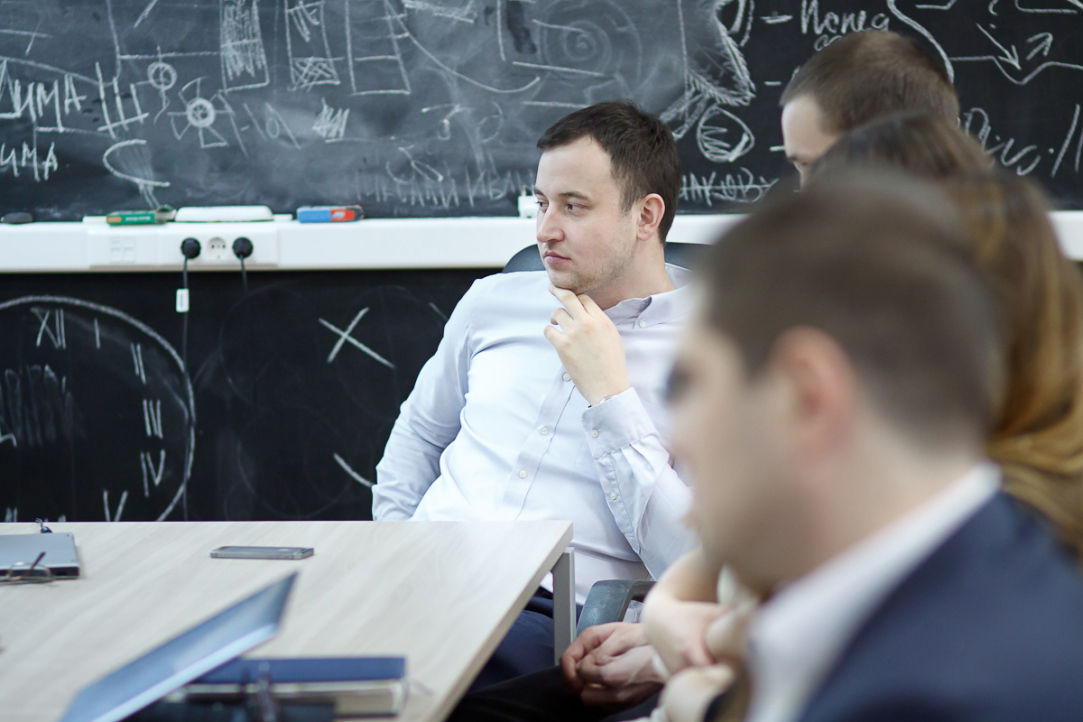Facts about Students in Science
Research plays a growing role in the educational process of the country’s leading universities. The HSE Statement of Values, for example, underscores its importance, stating: ‘Our lectures and textbooks reflect cutting-edge academic research; our academic articles, student papers, models and experiments seek to expand the horizons of contemporary academic inquiry.’ In honor of Students’ Day, we present a selection of facts about the connection between study and science in Russian universities, and specifically at HSE. (Sources: Monitoring of Education Markets and Organizations (MEMO), Monitoring Survey of Innovative Behavior of the Population (MSIBP), additional materials of the Institute for Statistical Studies and Economics of Knowledge (ISSEK), as well as results of a survey by the HSE Centre for Institutional Research (CIR).

Scientists Explain Formation of Lunar Dust Clouds
Physicists from the Higher School of Economics and Space Research Institute have identified a mechanism explaining the appearance of two dusty plasma clouds resulting from a meteoroid that impacted the surface of the Moon. The study was published in JETP Letters.

Biologists Discover Method for Early Detection of Parkinson’s
Scientists at the Higher School of Economics and the Russian Academy of Science’s Koltsov Institute of Developmental Biology have developed a new methodology for identifying biomarkers (indicators) of both early- and late-stage Parkinson’s disease. Their findings were published in the journal Molecular Neurobiology.

How Gender Inequality Is Reproduced on Social Media
Researchers from Higher School of Economics analyzed 62 million public posts on the most popular Russian social networking site VK and found that both men and women mention sons more often than daughters. They also found that posts featuring sons receive 1.5 times more likes. The results have been published in the Proceedings of the National Academy of Sciences of the United States of America.

Young Researchers from HSE Receive Awards from the Moscow Government
Vladimir Podolskii, Head of HSE’s Big Data and Information Retrieval School, and Elena Vakulenko, Assistant Professor at the Department of Applied Economics, have both received awards for research in mathematics and labour studies, respectively.
How the Human Brain Works During Simultaneous Interpretation
Researchers at the Centre for Bioelectric Interfaces and the Centre for Cognition & Decision Making of the Higher School of Economics utilized electroencephalogram (EEG) and the event-related potential (ERP) technique to study neural activity during simultaneous interpretation of continuous prose. Using event-related potentials as an index of depth of attention to the sounding fragment, the researchers assessed the competition between memory and auditory perception during simultaneous interpretation. The results of the study were published in the journal PLoS ONE.

HSE Establishes Semyonov Award for Early-career International Researchers
Semyonov Award is designed as an internship at the HSE Laboratory for University Development and support to early-career scholars for participation in joint research.

HSE Faculty of Physics Looking for Young Laboratory Heads in Breakthrough Fields
HSE University is pleased to announce an international competition for experimental research laboratories in such breakthrough fields of contemporary physics as Quantum Technologies and Novel Functional Materials. The winners will have a chance to head and develop new research laboratories based out of the HSE Faculty of Physics.

Procrastination at the Top Level: How Top Managers Use Their Time
A study by HSE psychologists has proven that top managers use their time more effectively than middle managers. They have lower procrastination levels and focus more on the future.

What Influences a Person’s Psychological Boundaries?
Professor Sofya Nartova-Bochaver of the HSE School of Psychology and colleagues from universities in Armenia and China conducted a comparative analysis of the psychological boundaries of individuals living in different countries. The results indicate that age and sex play a greater role in the formation of those boundaries than culture does.

